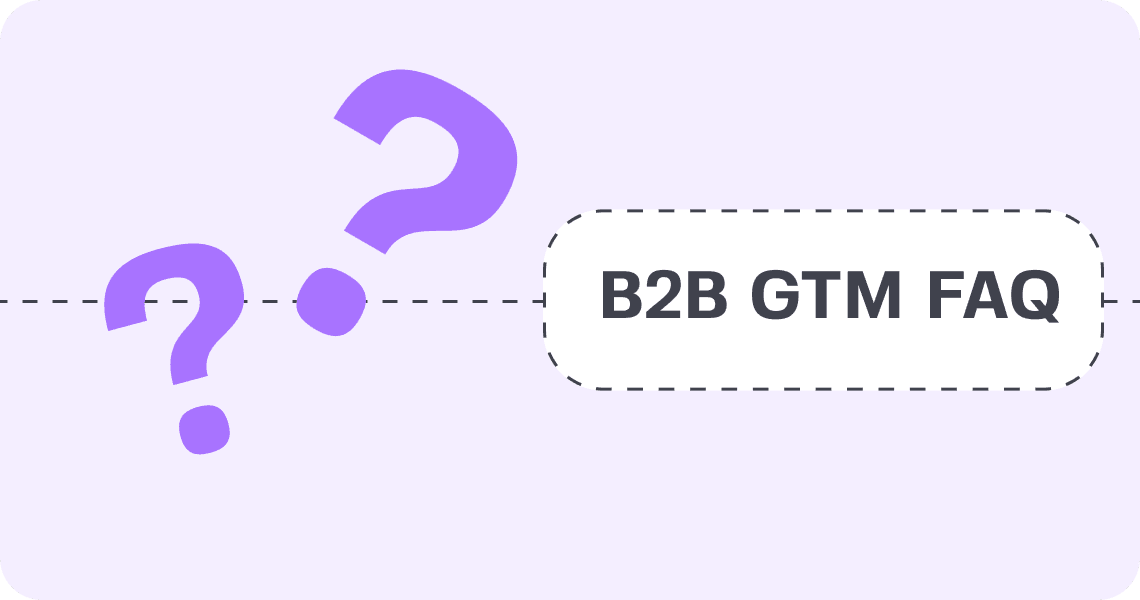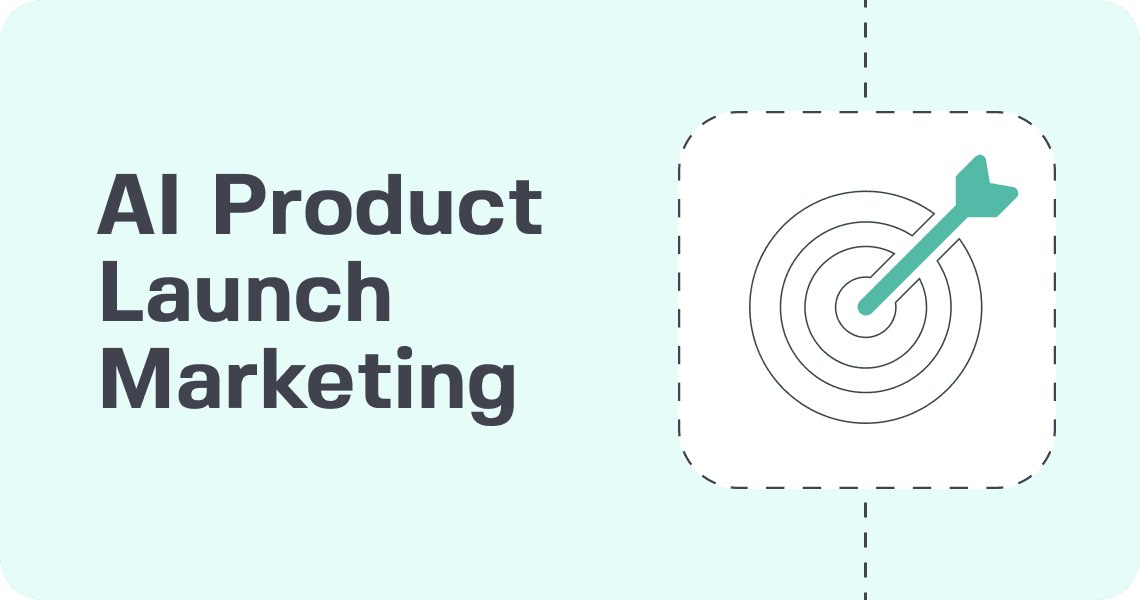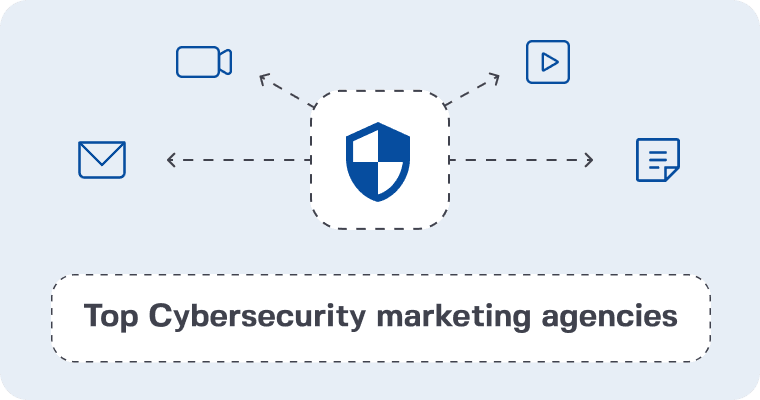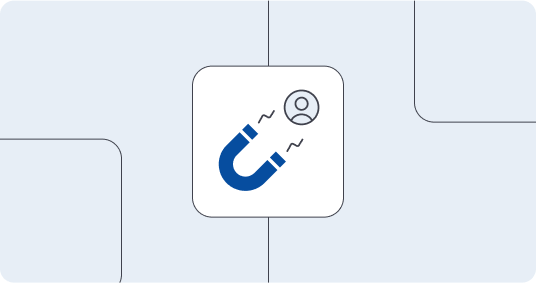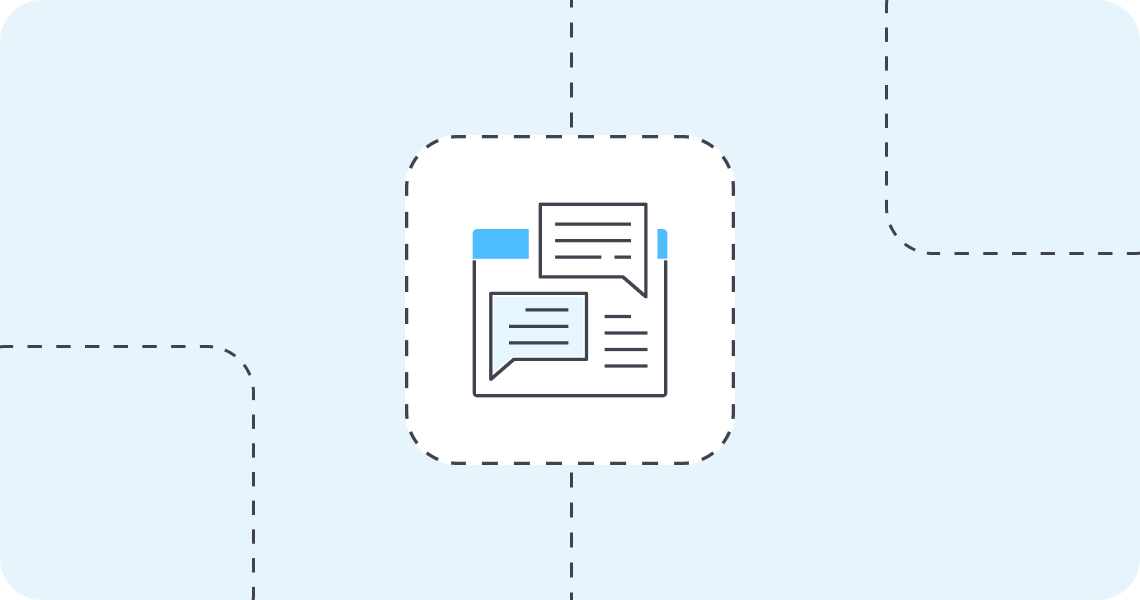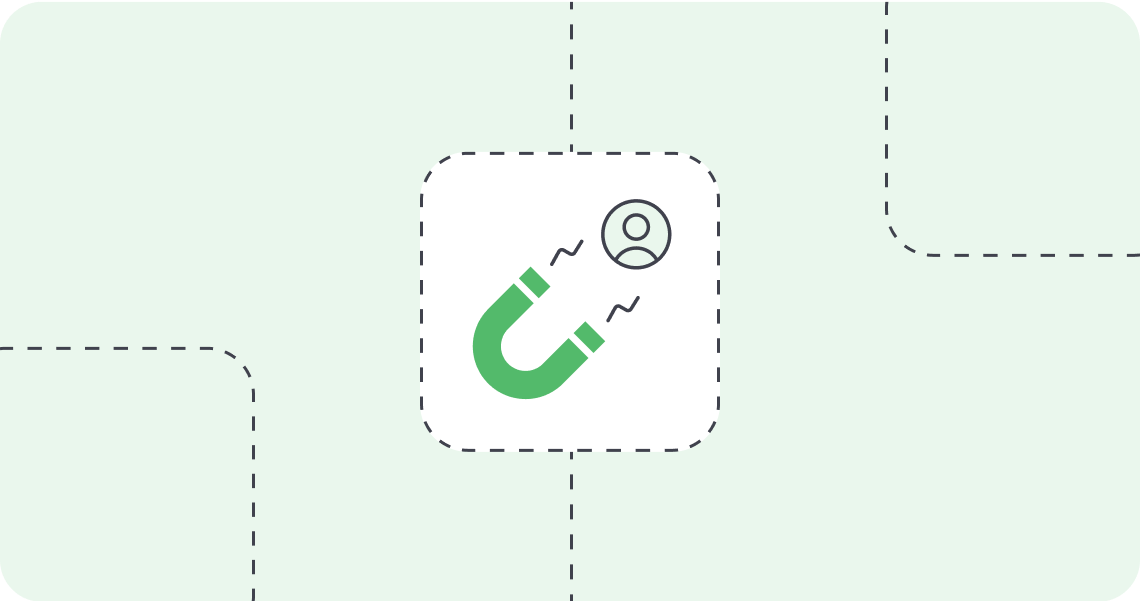Let’s tell it how it is: 2023 hasn’t been easy for tech companies, and they are still facing challenges in trying to reach those ambitious yearly growth goals, ensuring a healthy profit margin.
Business budgets are shrinking because of the recession, but what does that mean for us in the B2B tech landscape? Reduced demand, obviously. You can notice it just by looking at the reduction in Google search volumes for B2B tech services. What’s more, demand is harder to catch due to factors including the changing buyer’s journey as it’s split between Google, AI, and social channels.
If your tech offering is niche and not very well-known in the industry, attracting demand for your product or service may become a real challenge. Restrictions on marketing budgets further complicate the situation. As a team of tech-savvy and forward-looking marketers, we think that creating fresh demand for your products or services instead of solely relying on existing demand is the answer.
In this blog post, we’re uncovering the secrets of demand generation and why it brings much better results for B2B tech companies than lead generation campaigns.
What’s wrong with lead generation for B2B tech companies?
Lead generation used to be the go-to strategy for B2B tech businesses, but not anymore. Here’s why:
Long sales cycles are a deal-breaker
B2B tech isn’t a simple sell. It’s layered and often comes with a weighty price tag. In our experience, most new tech integrations usually greatly impact the organization’s routine processes, and many stakeholders are involved in purchasing decisions.
With lead generation’s focus on quantity, sales teams may be overwhelmed with irrelevant leads that take too long to convert, if they ever convert, leading to missed opportunities.
Too many decision-makers
Tech-related decisions aren’t made in isolation. Usually, they involve a couple of managers, team members, and someone from the C-level to agree upon purchasing a specific tech solution. So, while a lead gen strategy captures the interest of a single decision-maker, it’s not great for addressing all involved ICPs.
Educating clients is often not a priority
Potential customers of B2B tech products need to understand the solution — a short-explainer sales email won’t do it. Lead generation usually prioritizes gathering contact details over sufficiently informing leads about the product.
Products are sold, not partnerships
Lead gen strategies might bring in volume, but without building trust, these leads won’t convert.
Focus is on the quantity of leads, not quality
In the complex world of B2B tech sales, the right match matters—unfortunately, your typical lead gen usually results in high volumes of low-quality leads that most probably won’t become paying customers.
Overall, we’re witnessing that today’s B2B buyers are one step ahead in researching the tech products and services they’re buying, and using simple lead generation tactics doesn’t account for this educated buyer’s journey.
This is where B2B demand generation vs lead generation comes in!
Benefitting from demand generation as a B2B tech company
Demand generation is the entire range of B2B marketing and sales activities that generate new genuine interest in your company’s product or service.
Is demand generation for you? Let’s check!
Go through the points below, and if any resemble the challenges you’re faced with, then you should consider demand generation.
- Muted response: Is your market category niche or just not garnering enough inbound demand?
- Blurry intent: Unclear intent behind keywords? It’s common, especially in broad categories.
- No strong brand presence: If your brand isn’t standing out as much as your competitors, then a demand generation strategy will help you differentiate from similar solutions.
- Pricey tech products/services: High-end products often require a more complex approach.
- Committee Decisions: If sealing a deal with your product involves a lineup of stakeholders, then cue demand generation.
We’ve recently released a comprehensive article on Thriving Amidst Decline: The Demand Generation Game Plan for B2B Tech Brands that you may find interesting, so we invite you to dive right in!
The answer to B2B tech companies’ marketing & sales challenges
First and foremost, demand generation helps B2B tech companies build for the future. While short-term victories with basic lead generation may provide a quick influx of leads, long-term achievements come from demand generation’s growth vision. This involves investing in building a brand, nurturing relations, and developing loyalty.
Here are some of the benefits that quality demand generation offers in more detail:
- Generates value for customers
B2B tech solution ICPs commit to meaningful investments and long-term partnerships when selecting the right solution. Your new approach engages with this extended buyers’ journey, providing prospective customers with valuable insights. By producing educational resources like webinars and case studies, you position yourself as an expert ready to address their challenges.
- Quality of leads over their quantity
With lead generation goals at stake, you can easily drown in irrelevant leads that will never convert. Demand generation addresses this, too. Rather than spreading the targeting thin to reach everyone, this approach targets specific audiences, ensuring every connection builds a relationship.
- Reflects the buyer’s journey
Demand generation is an ongoing strategy, reflecting the complex journey of the B2B buyer. Leading potential customers from awareness to consideration, commitment to conversion, and demand generation acts as a navigator to guide users through the buyer’s journey.
- More efficient sales process
Your sales team will nurture potential customers who are already educated about your product, enabling direct discussion of business use cases and free trials.
- Always on point
A great deal of focus revolves around monitoring and responding to market trends. With regular interaction and feedback loops, B2B tech companies can gather valuable insights about their targeted ICPs and create more insightful content for better-segmented audiences.
As such, our 42DM marketing experts have mapped the following cornerstones of a go-to demand generation approach:
Amplify your brand’s voice and fast-track the sales process.
Broaden your horizons, reaching beyond the in-market audience.
Engage earlier and more effectively in a client’s decision-making process.
Demand generation vs. lead generation comparison guide for B2B tech companies
Creating a winning demand generation strategy
Generating demand for a B2B tech company requires more than just making customers aware of the existence of your product/service — it’s a much more comprehensive effort. Let’s dive into the key components that contribute to its success.
- First, you need to know your ICPs and buyer personas inside and out. Conducting very detailed ICP research and creating a value proposition canvas is a great first step. With the right knowledge of what the customer needs and who they are, you can divide the audience by industry or specific pains, making your messages more effective.
- Value-driven content is still king. Remember the last time you found an educational resource that was a perfect fit for you? B2B tech companies can achieve this by publishing content that ‘explains away’ their technology. In addition, real-world client stories can help prospective customers understand the value of your solutions.
- Aim broader with a multi-channel strategy — from LinkedIn to niche subReddit communities. That said, virtual connections do have their place in real-life relationships. Face-to-face time is possible by way of hosting webinars and attending industry events.
- Sales and marketing must be in sync — lead scoring, which ranks leads based on their buying intent, acts as the much-needed connector, smoothing the sales process.
- Don’t forget about customization — once a product demo, success stories, and feature use cases are made relevant to your ICP’s pains, goals, and jobs-to-be-done lists, it will become a strong selling point. Combine this with nurturing efforts, and the recipe for long-term interest is ready.
- Optimize campaigns as you go with A/B testing to see what yields the best results.
The 42DM Demand Generation Framework
Getting a headstart
Here’s our take: Why wait for your potential customers to realize they need your B2B tech solution? Instead, we should catch their attention earlier in their journey.
The 42DM Demand Generation Framework is your roadmap for practical data-driven insights, proactive communication, and the generation of new demand, ensuring that when the need for your solution does arise, your brand isn’t just an option; it’s the go-to choice.
Let’s talk, strategize, and launch a demand-generation action plan that fits your solution.


